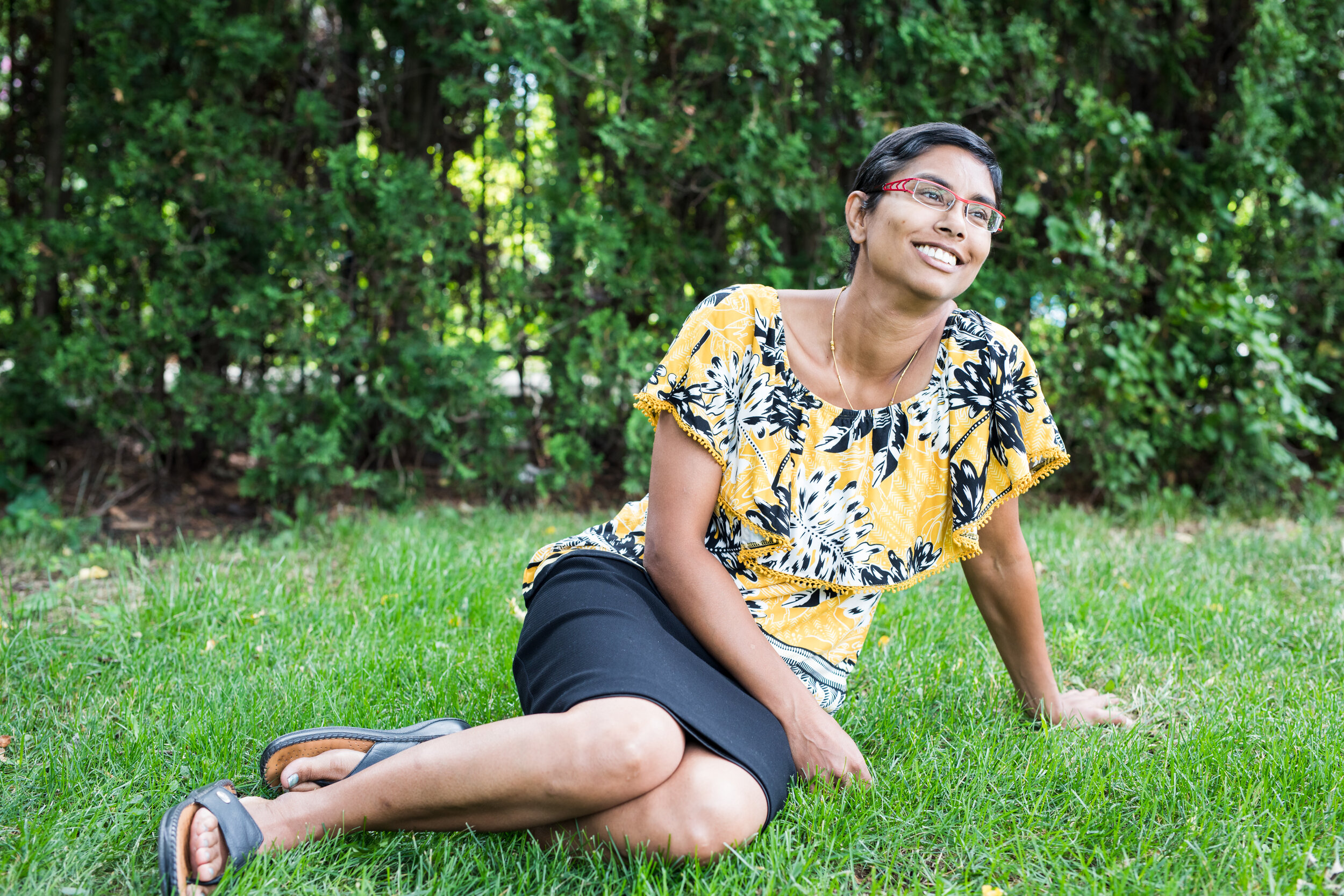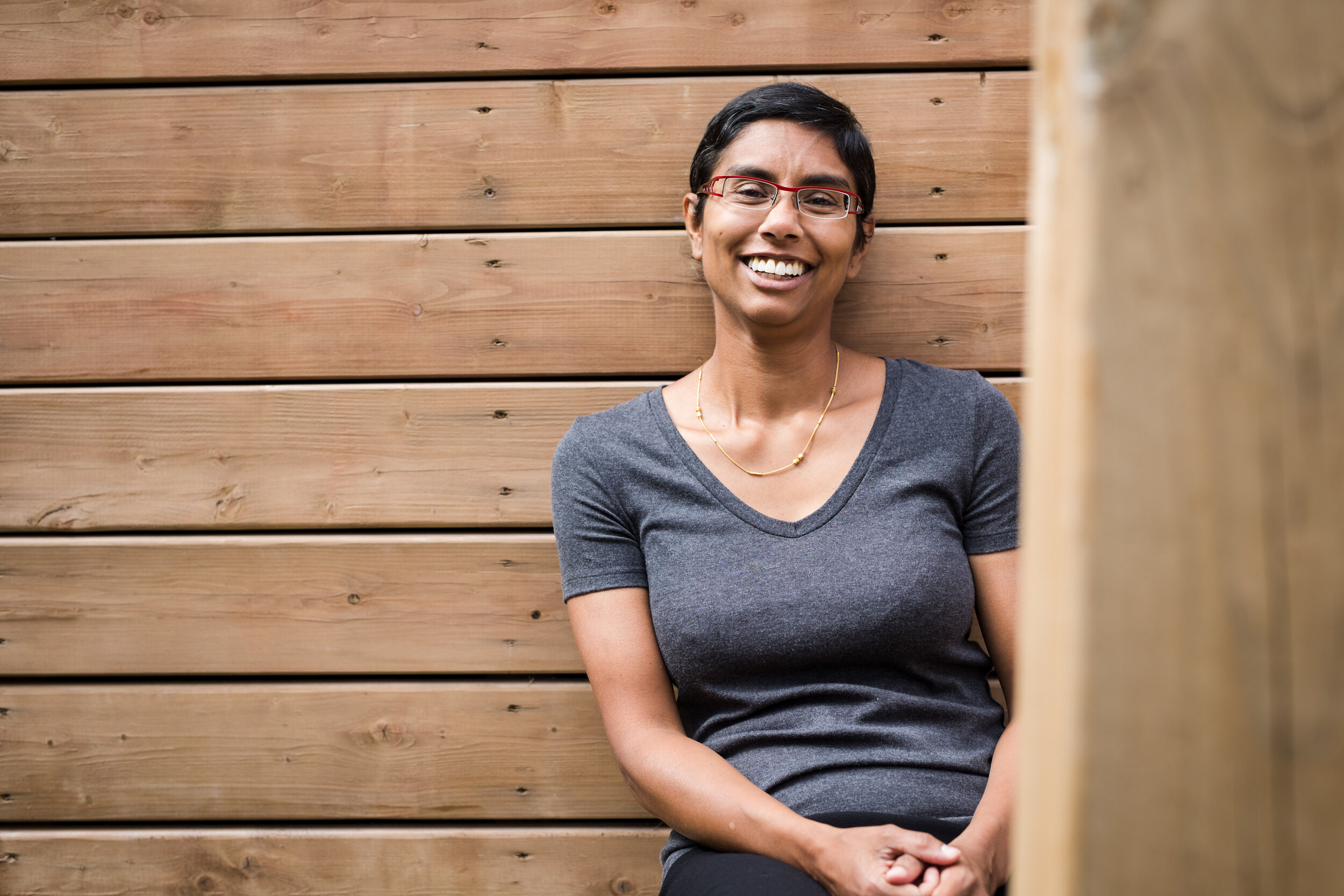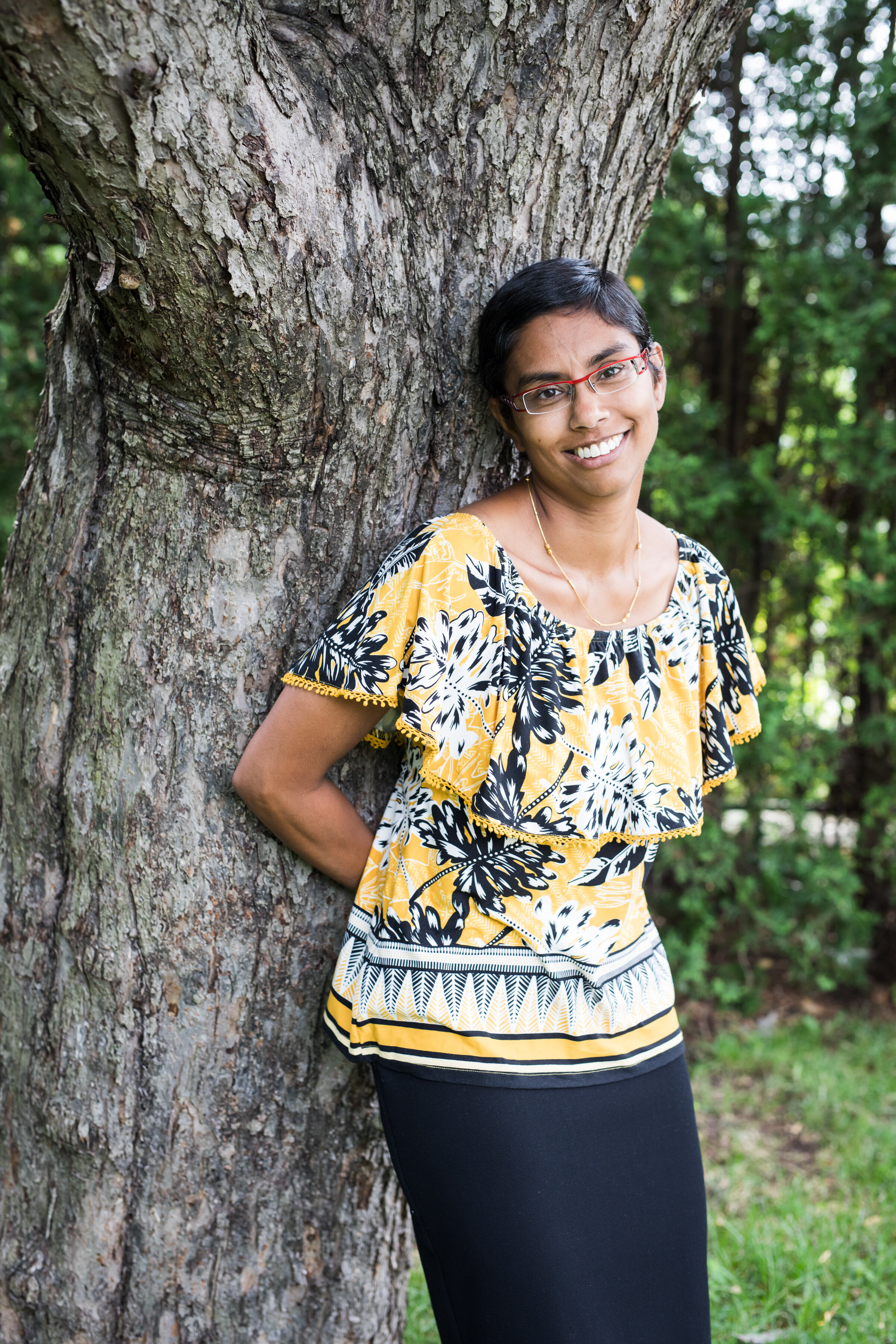Poise and Humility
Written by Alecs Kakon
Photos by Jen Fellegi
What is the anatomy of confidence? Where does it come from? How is it cultivated? Can it be measured? I’ve noticed that external recognition is my barometer for confidence. With unmet acknowledgment comes the profound negation of my achievement and success, and therefore, little space to develop positive self-esteem. I’ve constructed my reality this way, and in a negative display of self-worth, my confidence has largely suffered. In an extraordinary game of reality manipulation, I’ve set self-limiting beliefs that I’ve held to be true, creating a boundary between my self and what’s possible. If I recognize the fallacy in those narratives, and take a moment to pause in front of the mirror—the literal one that exists in physical space and not the one in my mind—what would be reflected? Would I see myself or would I see the judgments of others? In order to cultivate the self-confidence of the person in the mirror, the truths I tell myself must be measured in my own beliefs, my core values which expound upon my sense of self-worth. Sitting down with Sumita, I learned that confidence for her has been a symbiotic process hinged on both academic and professional achievement. However it is not in placing the accent on external achievements that has reinforced her sense of self-confidence. Instead, Sumita measures her confidence with a sense of belonging, having her voice heard, and feeling love and support.
A child of Indian immigrants who settled in Montreal by way of Uganda, Sumita’s upbringing was very much informed by her cultural background. “Being the children of immigrants comes with its good and bad connotations,” Sumita explains. “We always knew that our parents’ lives were hard; we never forgot that moments of joy were fleeting.” Describing the hardships of rallying together to keep the household going, Sumita at once paints the picture of a traditional home whereby family is valued above all else. Paradoxically, the collective living style felt progressive, because although she always paid deference to her parents, she was also very much a contributing member whose voice was one-fourth of all decisions. “I did a lot of talking in my family, yet I always knew that my parents knew better. I also know that I wouldn’t be where I am today without my family.” In relationships that nurture reciprocal respect, Sumita’s identity was developed in a home that bolstered compassion and community, both values that would be the foundation to her growing self-confidence.
Reminiscing about her professional path, Sumita remembers wanting to pursue a career in journalism or palaeontology. The family group decision was that a career in finance would provide stability, and so, as the perfect dovetail of both her ability and interest, Sumita was bound for a steadfast career in the financial sector that would provide the security and prosperity she would need to be off on her own one day. Although Sumita did in fact build a thriving career, the wealth she has accumulated cannot be weighed in capital, instead it is the immeasurable and priceless self-worth that she has cultivated that balances her success: “Twenty years ago I thought I’d be behind the scenes. I had a small sense of self-worth and had diminished expectations. I always struggled with confidence, and so I never thought I’d be where I am now,” Sumita explains. “I became a grown up in the professional world and so the confidence part just clicked. Today I stand in front of a board of directors and I speak with confidence and authority.” After nearly two decades in her field, Sumita has recently taken pause to think about whether her career will continue to fulfill her with the passion and sustenance to continue nourishing her self-edification. “I think I want a career change. I don’t know if it’ll be palaeontology, but I’m ready to explore other options.” The confidence her professional life has instilled has allowed her to follow her heart with the certainty that no matter what she puts her hand on, she will find her way.
Sumita’s romantic life never quite caught up to the drive and focus she had in her professional life. As a young adult, Sumita was bookish and family-oriented. She knew who the popular kids were and she knew she wasn’t one of them. As she entered her twenties, she started to believe that she would never have a husband or kids. “I knew I wasn’t being sought after. I wasn’t appealing to anyone. I also knew that I wasn’t going to go after anyone, it wasn’t in my DNA, so that was that,” she explains. When Sumita was 29, she met her first boyfriend, and now-husband. Describing the relationship as one of the more transformative moments in her life, Sumita went from feeling undesired to a newfound injection of self-worth. Sumita came into her confidence with a sense of synchronicity “All of a sudden I had value,” she explains. Today, in her forties, Sumita knows she has come a far way since her self-proclaimed “nerdy” days and projects a more positive image of herself.
Attributing some of her growing self-esteem to her family, Sumita explains that she always had a voice in her home, she was always heard, and she always had a sense of place. A harmonious blend of culture and a unique upbringing, Sumita accumulated achievements that were met with recognition and support. Building character through tests of strength coloured by moments of self-doubt, Sumita buoyed her confidence with a humility that reveals her depths. Her values are nestled in hard work and the love she gets from her family is absorbed in a way that augments her self-image. The truths she now tells herself expand her self-worth as they are hinged on her success; a success measured in happiness, peace, and perennial self-love.










